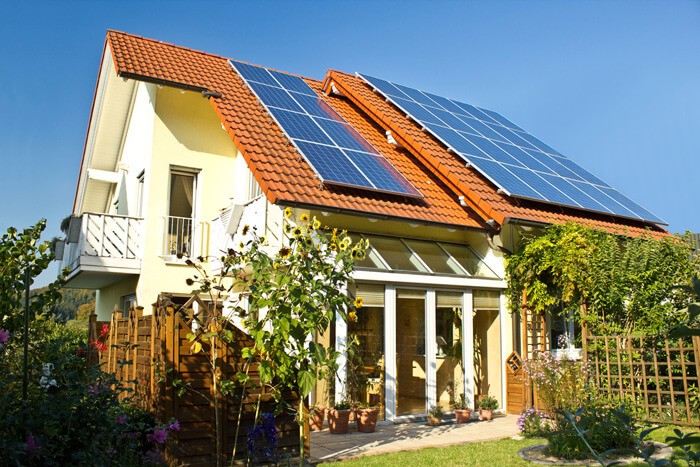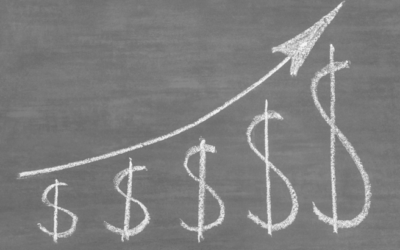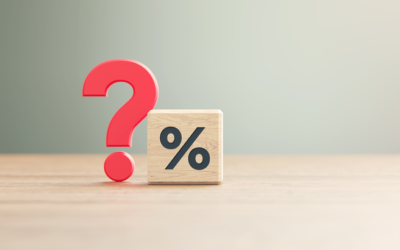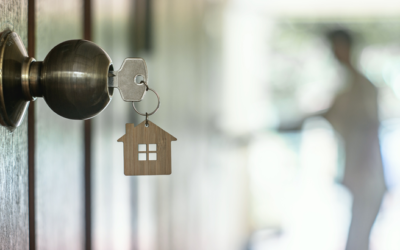Green Matters in Real Estate!

Your clients want to hear more about green real estate and why it matters, surveys show.
Whether they’re first-time buyers or existing homeowners, consumers are showing more desire to learn more about environmental matters in housing.
Indeed, 61 percent of homeowners have researched energy-efficient improvements, according to the Bank of America Homebuyer Insights Report. Eighty-six percent of homeowners say they have some type of energy-efficient product in their home.
And it’s not just a young generational thing. That same study shows that 93 percent of seniors say they have energy-efficient products in their home compared to 78 percent of millennials.
Indeed, more than half of REALTORS® say that their consumers are showing a greater interest in real estate sustainability issues and practices, according to NAR’s REALTORS® and Sustainability report, which stems from NAR’s new sustainability program. More multiple listing services are adding data fields to spotlight a property’s green features as well.
The green home features REALTORS® say their clients are showing the most interest in involve a home’s efficient use of lighting; a smart or connected home; green community features, such as bike lanes and green spaces; landscaping for water conservation; and renewable energy systems, such as solar and geothermal.
Housing experts offer up several ways homeowners can be more green with their homes and save money to boot, including:
- Upgrade leaky windows: About one-quarter of a home’s heat loss during colder months is due to the windows and doors. Buying energy-efficient windows can help to improve thermal insulation, preserve energy, and reduce noise and dust in the home, according to Ply Gem, an exterior building product company.
- Insulate walls and attic: An extra layer of insulation will help curb the work that your heating and cooling systems have to do, according to the BofA report.
- Improve the heating system and A/C unit: Air conditioning alone eats up more than 8 percent of all the electricity produced in the U.S. Heating accounts for 30 to 50 percent of annual energy bills and is the largest energy expense in most homes in moderate and cooler climates. A more energy-efficient system can help curb costs.
- Opt for vinyl: Vinyl is one of the most durable, cost-effective solutions for buildings because it’s low maintenance and boasts a long lifespan. It can help save on energy and material costs too, according to the U.S. Green Building Council. Opt for vinyl siding, fence, railing, and windows.

Realtor Mag
Why Home Prices Keep Going Up
Even though higher mortgage rates has caused buyer demand to moderate, home prices are going back up is because there still aren’t enough homes for sale for all the people who want to buy them.
Are Higher Mortgage Rates Here To Stay?
Experts typically recommend focusing your search on the right home purchase — not the interest rate environment.
Key Skills You Need Your Listing Agent To Have
A listing agent, also known as a seller’s agent, helps market and sell your house while advocating for you every step of the way.
Are You a Homebuyer Worried About Climate Risks?
Homebuyers are interested in finding out if the house they want will be exposed to things like floods, extreme heat, and wildfires.
Home Prices Are Not Falling
Don’t fall for the negative headlines and become part of this statistic. Remember, data from a number of sources shows home prices aren’t falling anymore.
Unpacking the Long-Term Benefits of Homeownership
Higher mortgage rates, rising home prices, and ongoing affordability concerns may make you wonder if you should buy a home right now.
Why Your House Didn’t Sell
For insight on why your home didn’t sell, rely on a trusted real estate agent. A great agent will offer expert advice on relisting your house with effective strategies to get it sold.
The Return of Normal Seasonality for Home Price Appreciation
Don’t let the terminology confuse you or let any misleading headlines cause any unnecessary fear.
Beginning with Pre-Approval
Pre-approval gives you critical information about the homebuying process that’ll help you understand how much you may be able to borrow.
Your Home Equity Can Offset Affordability Challenges
Some homeowners are reluctant to sell and take on a higher mortgage rate on their next home, but what about home equity?









